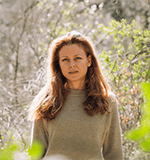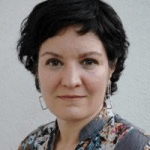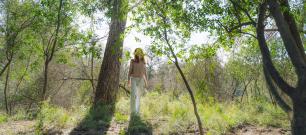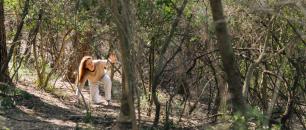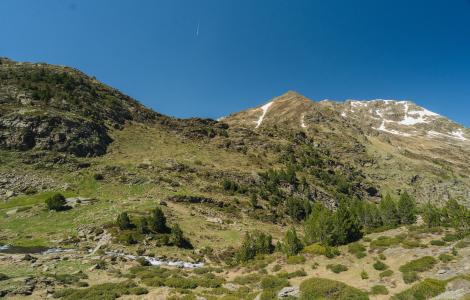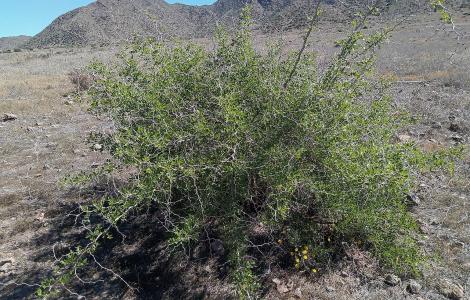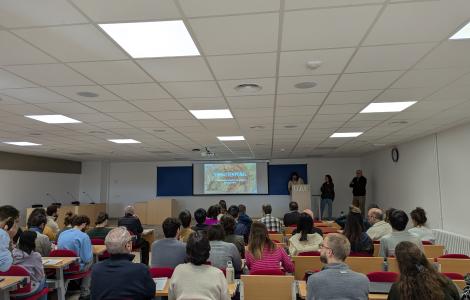Her contribution to change this paradigm is to keep pushing questions through science, fiction and artistic practice: “it helps me to enter non-human points of view. And how can I do that? Through art and fiction: a scientific basis helps me to understand who other beings are and how they perceive other beings and how living a practice or now as transgressing artistic boundary allows me to turn this fiction into an experience for a certain time. For me it has a valuable transformative potential”.
The aim of her artistic residency at CREAF Ecotons, however, is to rethink ourselves: “to reach the research staff, I see an open door to offer an escape route towards everything that the scientific method rejects for the sake of objectivity". Therefore, "Ecotons is conceived in two ways, between two habitats: also to open art to science, the possibility of channeling the emotional and intuitive, creative side in many ways, which can have an impact on scientific work."
